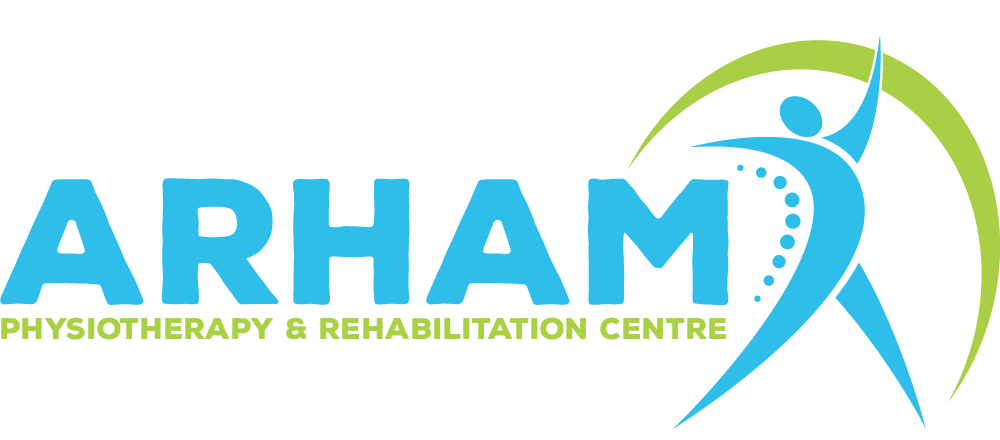Rehabilitation for Work-Related Injuries: Physiotherapy Strategies
Work-related injuries can significantly impact an individual’s well-being and productivity. Physiotherapy emerges as a key player in facilitating a smooth recovery and restoring optimal function.
This blog post delves into effective physiotherapy strategies designed to rehabilitate and address work-related injuries. From targeted exercises to personalized treatment plans, discover how physiotherapy plays a vital role in regaining health and returning to the workplace.
Understanding work-related injuries:
Work-related injuries can encompass a range of issues, from musculoskeletal strains and sprains to more severe conditions caused by repetitive motion or accidents in the workplace. Physiotherapy intervention is crucial in not only managing pain but also in facilitating the rehabilitation process to ensure a full recovery.
The role of physiotherapy in rehabilitation:
1. Assessment and Diagnosis:
Physiotherapy conducts a thorough assessment to diagnose the nature and extent of the work-related injury. This includes understanding the individual’s work environment and daily tasks that may contribute to the injury.
2. Targeted Exercises for Rehabilitation:
Tailored exercise programs address specific muscle imbalances, improve flexibility, and enhance overall strength. By targeting areas affected by the work-related incident, these exercises aim to restore function and prevent future injuries.
3. Manual Therapy Techniques:
Physiotherapists utilize manual treatments, including massage, joint mobilization, and manipulation, to alleviate pain, reduce inflammation, and promote healing. Manual therapy enhances the effectiveness of rehabilitation programs.
4. Ergonomic Assessments and Recommendations:
Physiotherapy includes assessments of the individual’s workspace and daily activities to identify ergonomic issues contributing to the injury. Recommendations for ergonomic modifications help prevent re-injury upon returning to work.
5. Pain management strategies:
Physiotherapy addresses pain through a combination of modalities, such as heat/cold therapy, electrical stimulation, and education on pain management techniques. This comprehensive approach ensures that individuals can manage pain effectively during rehabilitation.
6. Functional rehabilitation:
Work-specific rehabilitation involves simulating job tasks and activities during the recovery process. This ensures that individuals regain physical strength and the functional capacity needed for their specific work requirements.
7. Education and Prevention:
Physiotherapists provide education on injury prevention, including proper body mechanics and exercises to integrate into daily routines. Empowering individuals with knowledge ensures they can minimize the risk of future work-related injuries.
Practical tips for a successful rehabilitation:
Consistency in rehabilitation exercises: Regularly perform prescribed exercises to ensure a steady progression in rehabilitation.
Open communication with healthcare professionals: Keep lines of communication open with physiotherapists and healthcare providers to address concerns and adjust the rehabilitation plan as needed.
Gradual return to work: Follow a gradual return to work plan to allow the body to adapt and minimize re-injury risk.
FAQS:
Que: What types of work-related injuries can benefit from physiotherapy?
Ans: Physiotherapy is beneficial for a wide range of work-related injuries, including musculoskeletal strains, sprains, repetitive motion injuries, and those resulting from accidents or trauma in the workplace.
Que: How does physiotherapy contribute to the rehabilitation of work-related injuries?
Ans: Physiotherapy plays a crucial role by providing personalized assessments, targeted exercises, manual therapy, ergonomic recommendations, and pain management strategies. The objective is to reinstate functionality, mitigate pain, and enable a secure reintegration into the workforce.
Que: Can physiotherapy help with chronic pain resulting from work-related injuries?
Ans: Yes, physiotherapy can be effective in managing chronic pain resulting from work-related injuries. The comprehensive approach includes pain management techniques, manual therapy, and targeted exercises to improve overall function and quality of life.
Que: How long does the rehabilitation process take for work-related injuries?
Ans: The duration of the rehabilitation process varies based on the nature and severity of the injury. Physiotherapists work with individuals to create personalized plans, and the timeline depends on factors such as exercise adherence, overall health, and the complexity of the injury.
Que: Are ergonomic assessments only relevant for office-based work environments?
Ans: No, ergonomic assessments are relevant for various work environments. Physiotherapists assess the specific demands of an individual’s job tasks and make recommendations to improve ergonomics, whether in an office setting, on a construction site, or in any other work environment.
Que: How can I Prevent future work-related injuries after rehabilitation?
Ans: Physiotherapists provide education on injury prevention, including proper body mechanics, ergonomic adjustments, and exercises to incorporate into your routine. Regular follow-ups with healthcare professionals can also help monitor and address emerging concerns.
Que: Can physiotherapy help with mental health aspects related to work-related injuries?
Ans: Indeed, physiotherapy adopts a comprehensive approach, encompassing not only the physical components but also taking into account the mental well-being of individuals. Coping strategies, stress management techniques, and overall mental health support may be integrated into the rehabilitation process.
Conclusion:
Physiotherapy stands as a beacon of hope for individuals recovering from work-related injuries. Physiotherapy is essential for restoring physical health and productivity by directly addressing the underlying problems, implementing targeted rehabilitation exercises, and providing comprehensive support. This blog aims to shed light on the importance of physiotherapy in the rehabilitation journey and inspire those facing work-related injuries to embrace a path of recovery and resilience.
